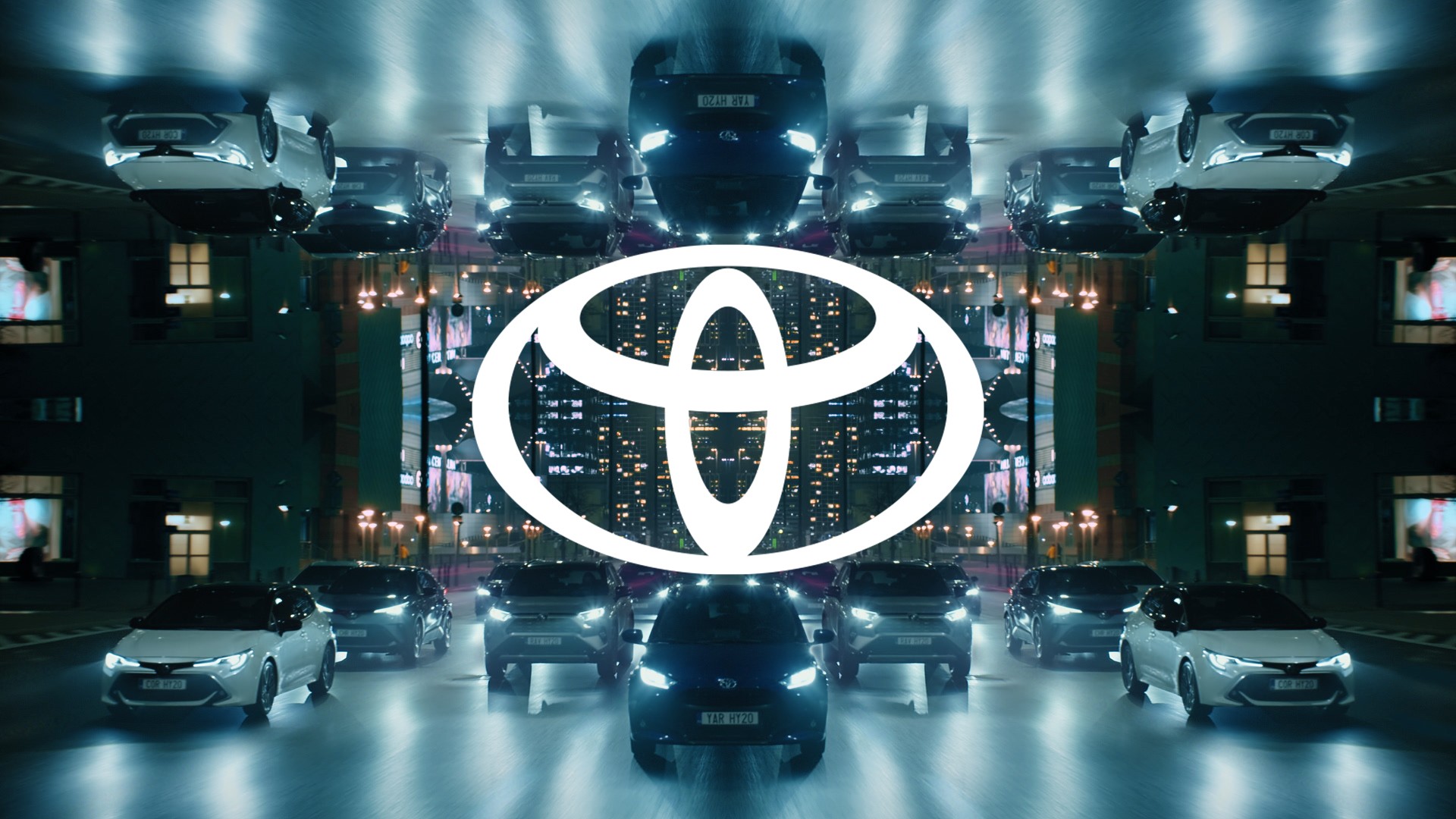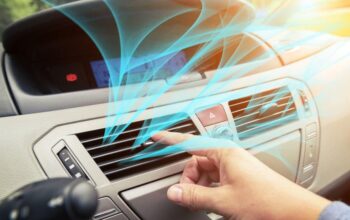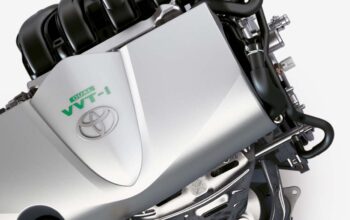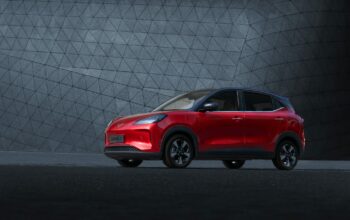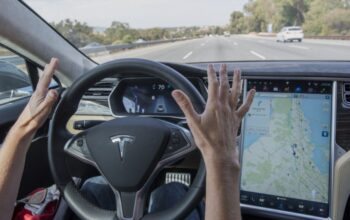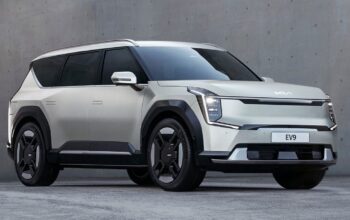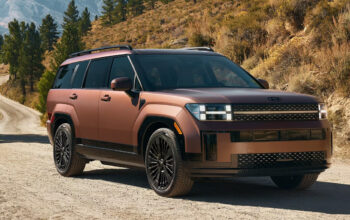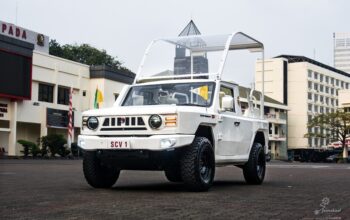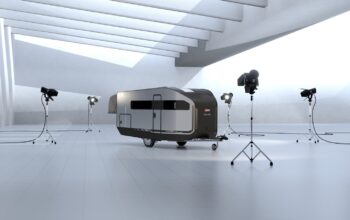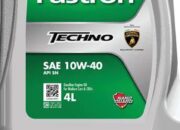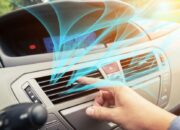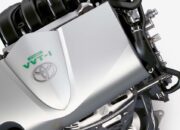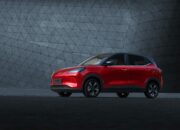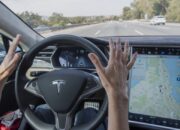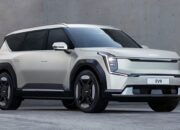Uzone.id – Toyota has invented a new technology that lets cars record videos and sounds. This information can be used by the government to figure out how to make roads safer, like fixing potholes or improving traffic flow.
Sure, it might sound a bit over the top, but Toyota’s idea is pretty clever. They want cars to be like witnesses, recording everything that happens on the road, especially when accidents occur. This information can be stored in the car or sent to a special computer for analysis.
The problem is that most people only focus on the accidents themselves, not what caused them in the first place. Toyota’s technology could help us understand the bigger picture, like bad roads or dangerous weather conditions.
Imagine every car being a tiny camera, watching the road and reporting anything unusual. If an accident happens, the nearby cars could start recording and send the footage to a central place for review.
Every car in the area could record the accident from all sides, giving everyone involved a clear picture of what happened. This would help police and other officials understand how and why the accident occurred.
Toyota believes that accidents can be caused by many things, like bad weather, poor lighting, confusing signs, trees, or even bad road design.
By recording accidents from different angles, authorities can see how these factors affect traffic and work on fixing the problems to prevent more accidents.
One way to do this is by using cameras in cars to record videos and audio. This information can be sent to a central computer using a phone or a wireless connection.
Toyota also suggests using blockchain technology to keep the data private and secure, ensuring that only the right people can access it.
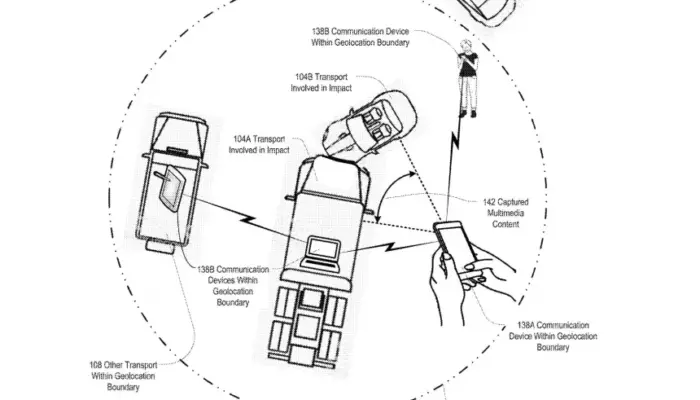
As anyone can imagine the technology would require as many cars as possible to be fitted with vehicles and the first concept that comes to my mind is the world of autonomous cars.
These cars are already loaded with LIDAR units and cameras in their possession but since the automotive industry is not there yet, it may take up to decades and billions of dollars to make it a reality.
That is why the Japanese carmaker has stated that it is not necessary for vehicles to be installed with expensive LIDAR sensors, but can employ simple cameras, which can capture and store information about accidents.
The sensors can be found wherever in the car as long as they can take in information from the outside. It should be able to identify the moving direction of a car, its speed and the braking episodes (hard braking may mean the car is prone to an accident and hence the system should trigger a recording session), any change of direction, and other maneuvers that could indicate a potential collision.
Toyota’s capturing and transferring of the accident data is only described by Toyota, while the authorities can use this information not only for addressing such causes of the collision but also for improving the response.
Imagine first responders arriving at an accident scene already knowing exactly what to expect. With this new technology, they could be briefed beforehand about the severity of the crash, how many people are injured, and even how many teams they’ll need.
This is possible by analyzing data from the accident scene, which can help predict the situation before anyone even gets there.
Of course, there are still some challenges to overcome. First, the cost of implementing this technology in every car might be high. Second, the idea of having cameras everywhere on the road might seem a bit excessive right now.
But in the future, connected cars could be equipped with the necessary hardware to collect and send this information in real-time. Toyota is already working on this technology, hoping to be a leader in this field. However, it’s important to remember that even the biggest ideas can sometimes be too expensive to put into practice

